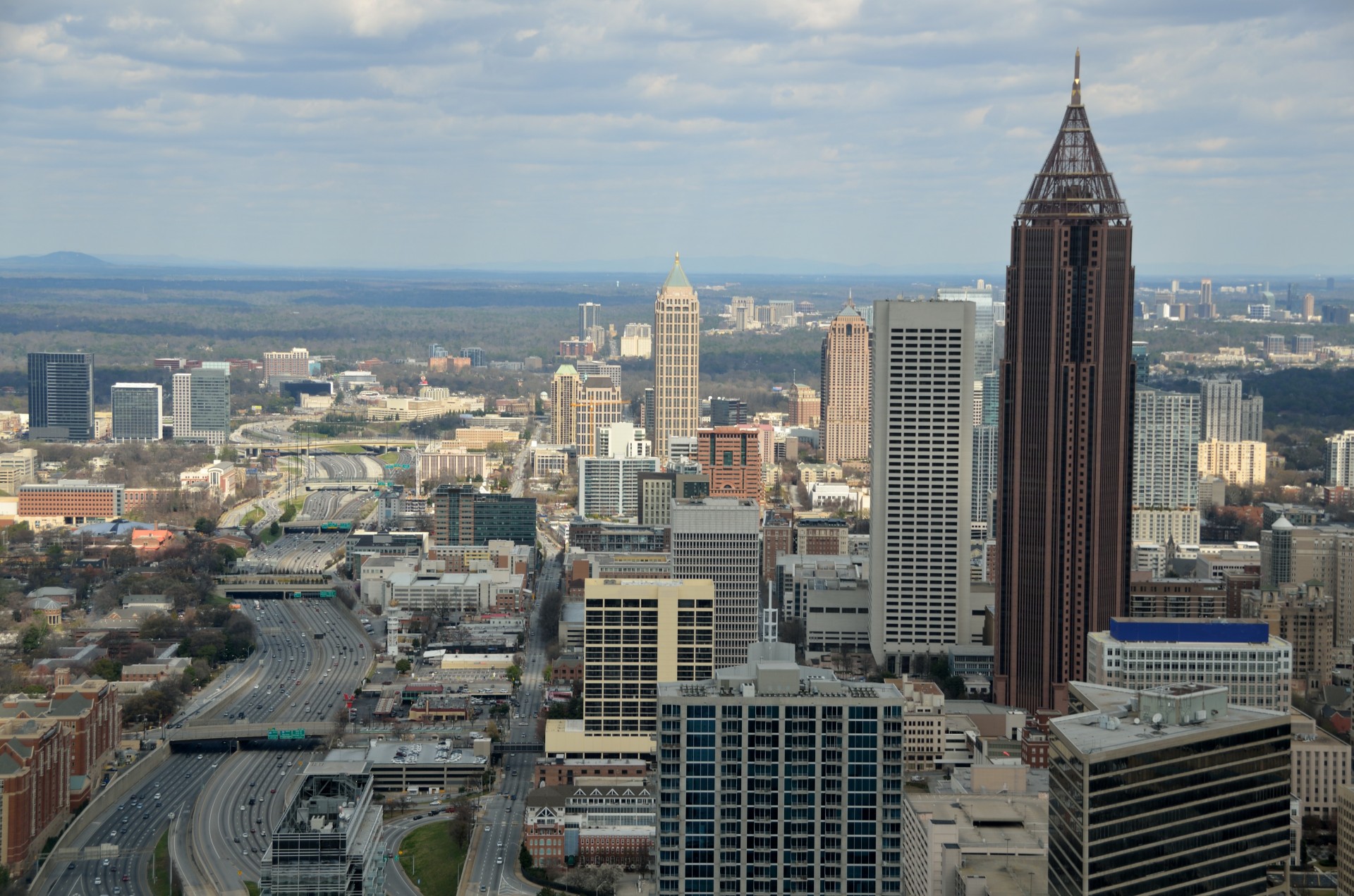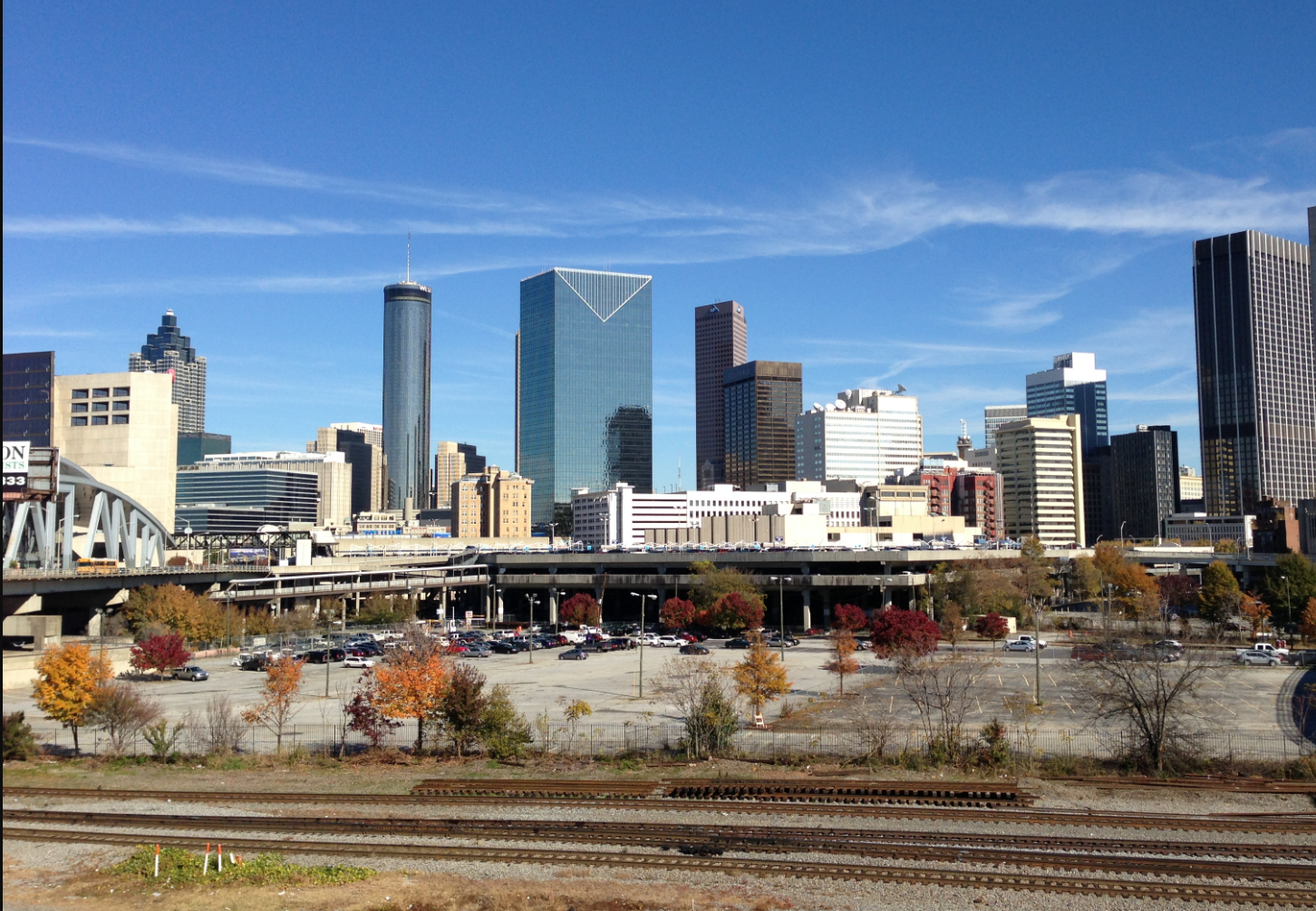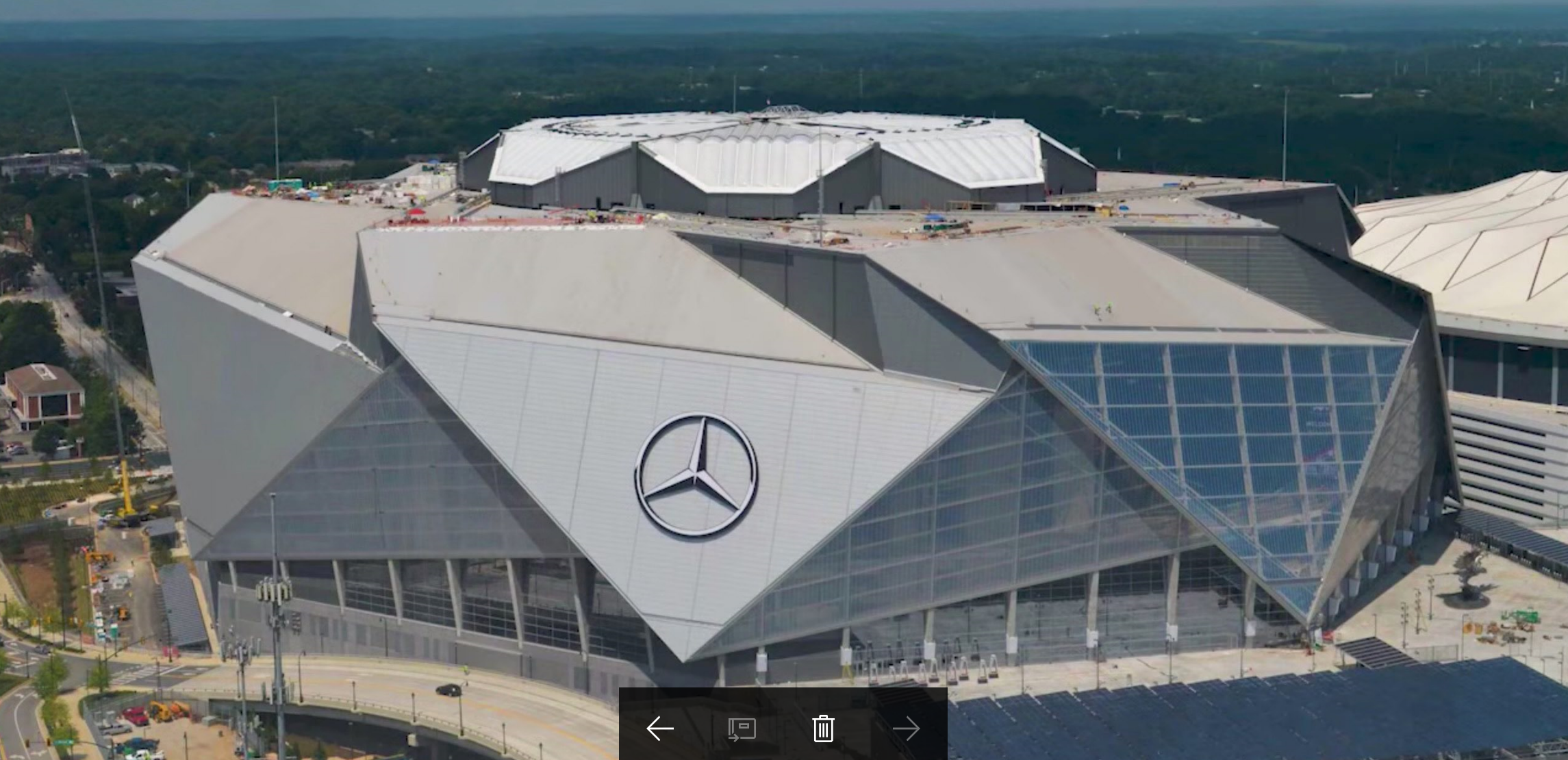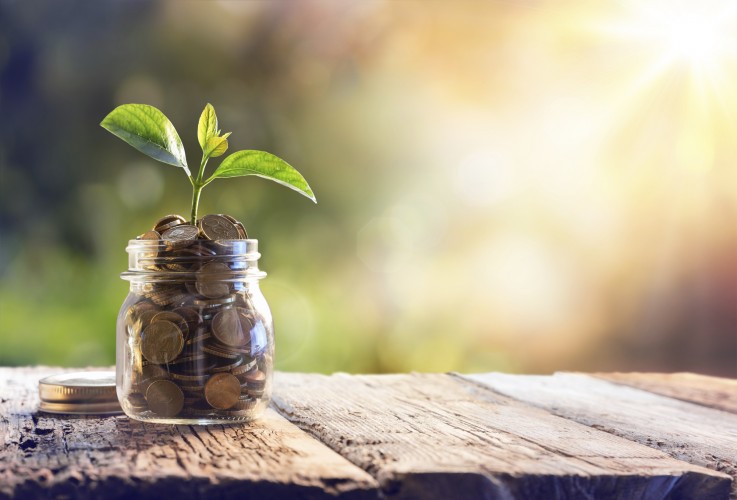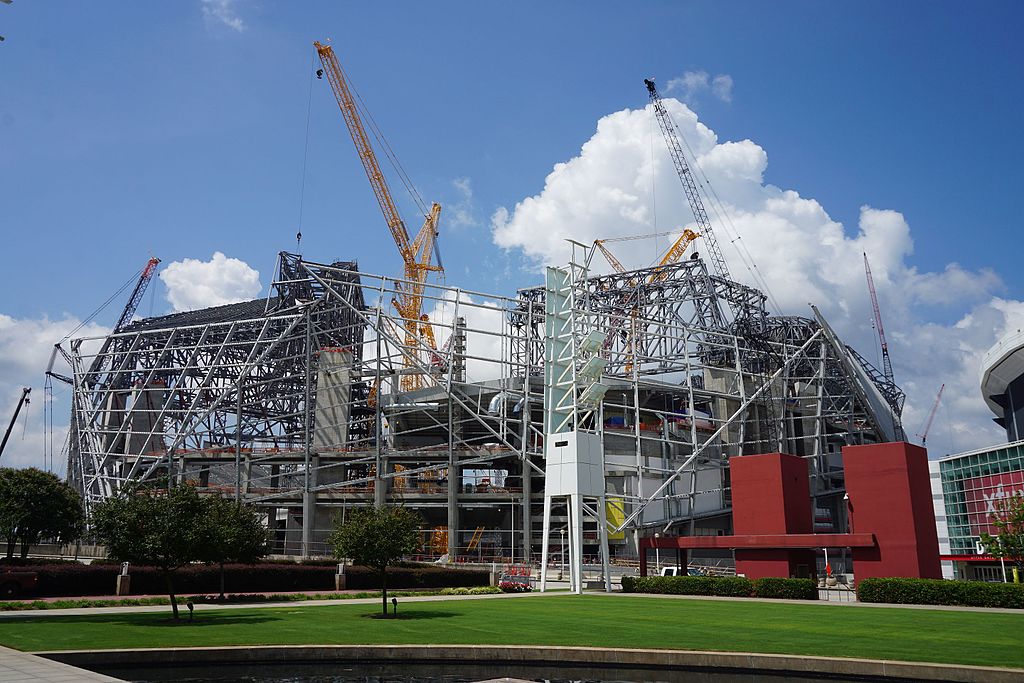CRE Market: Looking Back to Look Ahead
In last year’s first blog of the year, “2017: A Mature Market,” I made some predictions about the commercial real estate market and investing for 2017. Here’s a look at what I predicted and what actually happened. It’s apparent I had some good predictions and some that did not come to fruition. INVESTING What I predicted: A good, but not great year for investing. What happened: Transactions and overall volume were down, but price per transaction continued to rise to new highs. INTEREST RATES What I predicted: Interest rates will increase, but will still be cheap by historic standards—with only a marginal effect on investment. What happened: Ten-year Treasuries were flat. Two- and five-year Treasuries rose, but not enough to impact the market. CASH FLOW What I predicted: A combination of more solid incomes and continued low interest rates will result in good cash flows. What happened: This prediction was

